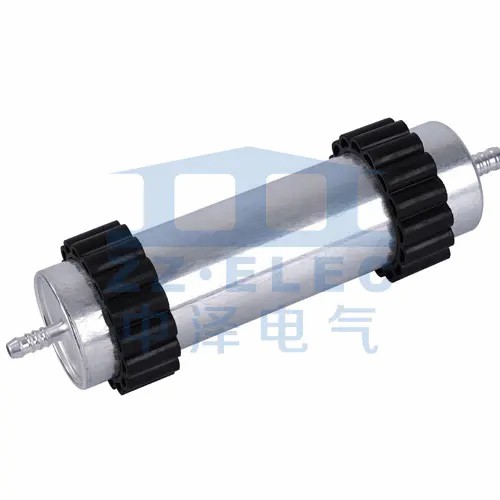The cleaning and replacement of the automobile's three filters must be timely to achieve full engine performance, reduce engine failure rate, and prolong the service life of the engine. Among them, what are the precautions for cleaning and replacing the gasoline filter and the
oil filter, let's take a look!
1. Gasoline filter cleaning
Modern automobile gasoline filters mostly use paper filter elements, and the outer shell is closed with hard plastic, which is a consumable product.
After the filter is clogged, the resistance of the filter element increases, and the gasoline flow is not smooth, causing the fuel level in the filter to rise. The rise of the internal oil level can be observed from the filter housing, so that it can be judged whether the filter is clogged.
After the filter element is blocked, the fuel supply is insufficient, the engine power is reduced, the vehicle is weak, and the vehicle speed is reduced. A car with a speed of more than 100km/h can drop to a speed of 70-80km/h or even lower, and the engine will accelerate poorly. Audi, Santana (quotation
Cars such as the picture parameter) and Jetta (quotation picture parameter) require that the gasoline filter should be replaced every 15000km.
When installing a gasoline filter, it is necessary to distinguish between the oil inlet and the oil outlet. Generally, the oil outlet is on the upper part of the filter, and the oil inlet is on the lower part of the filter.
2. Clean the oil filter
Engine lubricating oil is continuously polluted by metal chips, dust in the air, and carbon deposits during use. Among them, the heavy impurities are deposited at the bottom of the oil pan, and the light ones enter the friction surfaces with the lubricating oil, causing early wear of the mechanical parts. The function of the oil filter is to make the lubricating oil filter out the dirt through the filter. After the filter is used for a certain period of time, a lot of dirt will adhere to the filter element, so the filter should be replaced regularly. Generally speaking, the oil filter and the oil should be replaced at the same time. In this way, it is beneficial to extend the service life of the engine.
For frequently used cars, the oil filter should be replaced every 7500km. Under severe conditions, such as frequent driving on dusty roads, it should be replaced every 5000km.
3. Replacement of oil filter
Use an oil filter wrench or an appropriate tool to remove the filter to prevent damage to the threaded connections at the connection part.
Check and clean the installation surface of the oil filter, otherwise it is easy to cause oil leakage after installation, resulting in insufficient oil supply.
When installing the oil filter, a layer of oil should be applied to the surface of the sealing ring to ensure reliable sealing and prevent damage to the sealing ring.
After starting the engine, check the height of the lubricating oil level. If the amount of oil is insufficient, replenish the oil according to the regulations.
